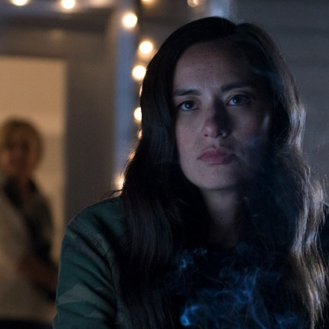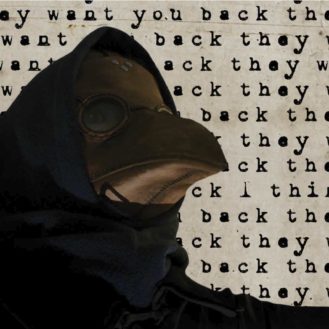In Ravers, a bad batch of energy drinks are cracked into during a night-long party at an abandoned factory. Once consumed, the partiers begin twitching, “bugging out”, and eventually become violently belligerent with superhuman strength. Given that everyone is already shoulder-to-shoulder, with some who are already high on street drugs to begin with, the danger escalates quickly as our main heroes (including Becky, a germaphobic journalist) fight for survival.
Ravers is a very entertaining horror-thriller with some laughs, but the funniest part of Bernhard Pucher’s movie is how coincidentally relevant it is. While obsessive cleanliness was a niche phobia pre-pandemic, the audience can instantly form a bond with Becky as she dons protective gear and anxiously overlooks a crowded party. But despite the unique ingredients making up Ravers (Becky’s timely phobia, tampered popular beverages being the culprit of this infection, the narrative’s condensed duration), Ravers still boils down to being a conventional horror flick. The film doesn’t want to classify its villains as zombies (a character straight-up addresses this halfway through the feature), but if they walk like zombies and talk like zombies, well….
I found it best to compare Ravers with Netflix’s recent horror movie His House. His House has its conventional “haunted house” set-ups, but it’s able to get away with it because the film delivers extremely well with bone-chilling scares and heart-wrenching emotion. In the case of Ravers, again while it’s entertaining, simply changing some of the aesthetics doesn’t give the movie new legs to stand on. The film is like an energy drink: it’s addictive and makes you giddy, and the crash afterwards makes you realize that it’s just another soft drink.
**********
Do You Tweet? Follow These Tweeple:
Addison Wylie: @AddisonWylie





Be the first to comment